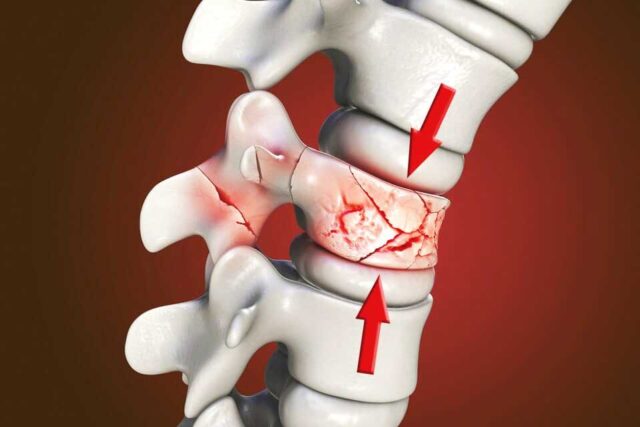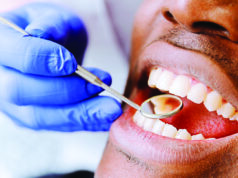By Beatrice Nakibuuka
Before her 25th birthday, Peninah Nantume started experiencing a significant drop in her health in 2019. She would have on-and-off headache and joint pains, but no medical tests could reveal her problem.
“I visited a number of general doctors at different hospitals and they requested that I do CBC [complete blood count] tests, but reports revealed that I was healthy.
“The doctors always recommended bed rests to manage fatigue since I was always on the move to gather content for my travel show,” she says.
Because of love for travel, Nantume frequently indulges in tremendous tasks like hikes, treks and nature walks that go up to an hour. So, she started using pain killers in order to enjoy her hobby.
After some time, she advanced from mild painkillers to strong medications to relieve her of pain.
“My body could no longer respond to paracetamol. So, I changed to guaifenesin (a combination of a pain reliever, expectorant and decongestant used to treat fever, aches and pains) which relieved her pain.
In 2021, Nantume’s health deteriorated. Her symptoms became severe and she got so depressed. Nantume recalls failing to use her joints to do the least tasks. She felt greatly sick and in pain.
While she had kept her condition secret all the while, the escalation drove her to a point she could not hide it anymore.
With an evident weight loss from about 72kgs to 54kgs, her mother could not help, but notice a drastic change.
Nantume’s mother, Milly Nakazibwe, who is her caretaker, says her daughter’s illness hit her so hard.
“It was a hard time for us all. She could not squat or eat, and was always vomiting,” Nakazibwe explains.
In all the waiting, Nakazibwe looked forward to the day her daughter would receive the right diagnosis.
She wondered whether Nantume would ever get off medication. Somehow, she thought that could be her daughter’s lifetime fate.
“I stayed firm and kept my hope in God amidst predictions and suspicions of witchcraft, the kind of advice we did not consider,” she shares.
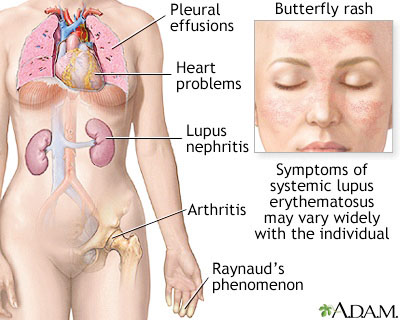
Finding out
On August 21, 2022, Nantume went to Nakasero Hospital, where her cousin had booked for her an appointment.
She was meant to visit a haematologist. She could not stand in the long queue, but patiently waited in her wheelchair.
“When I entered the doctor’s room, I was overcome by relief when the doctor confirmed that it was not witchcraft, but that she suffered a rare disease. Lupus had gotten a rough hold on her,” Nakazibwe says.
With the help of her sister, Nantume consented to all the medical procedures and testing which got her into circles of picking a suitable prescription for her.
“After three trials, a fourth prescription worked well for my body. I was on chemotherapy which went on for about three months.
“During a review, I was diagnosed with systemic lupus, an autoimmune disorder that affects the joints, causing wear of the cartilage in the knees,” Nantume says.
Lupus occurs when your body’s immune system mistakenly attacks healthy tissues and organs. It affects joints, skin, and internal organs such as the heart and kidney.
Today, Nantume has fought well and put lupus at a fall flat with proper diagnosis and management. Lupus may lead to a bone complication called osteoporosis.
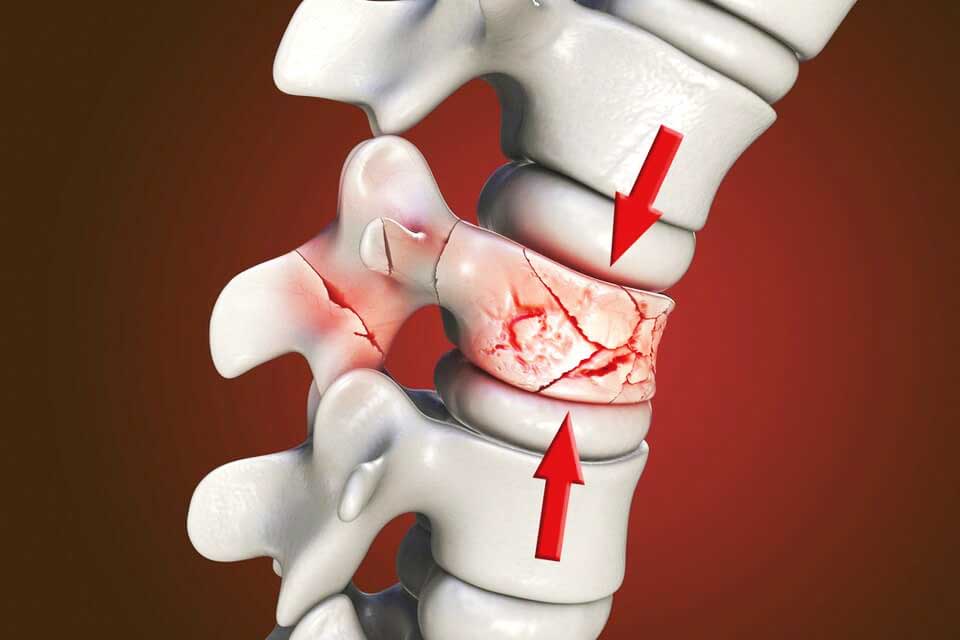
Osteoporosis
Osteoporosis is degeneration of the bone tissue. With this, the body is absorbing more bone tissue than it is able to form.
It keeps on cleaning out the older bone tissues, but is unable to replace them. Ultimately, what remains is thin and poor-quality bones.
Causes
Dr Moses Kakyama, an orthopedic surgeon at Comprehensive Rehabilitation Services in Uganda (CoRSU), says osteoporosis primarily results from old age.
“We are all susceptible to thinning and weakening of bone tissues as we age. So, all elderly people carry the risk of osteoporosis,” Dr Kakyama says.
He further notes that when a woman hits menopause, her oestrogen levels reduce and the amount of new bones her body is able to replace also reduces.
Therefore, the quality of her bones also reduce, leading to osteoporosis.
Other causes for slowly diminishing quality of bones may not be known, but poor quality of bones can be blamed on HIV, an HIV drug known as tenofovir, taking steroids for a long period of time, and hormonal dysfunction.
Prevalence
One in every three women in their 50s suffer from bone degeneration. While one in every five men above 50 will suffer from the same.
The disease is also prevalent among people living with HIV and those on tenofovir. However, Dr Kakyama says not all people who are on tenofovir will develop osteoporosis.
He says that happens because different people react to different medicines differently.
If someone taking the drug is found to have osteoporosis, the orthopedist will write to the patient’s treatment centre to recommend a change in their regimen to eliminate it or efforts to treat such a person will be in vain.
According to the 2021 Journal of Orthopaedic Surgery and Research, there are more elderly people today globally than there was in the past years.
Thereby, giving rise to the number of people living with bone degeneration to over 200 million. Interestingly, more people in East Africa suffer from bone degeneration than those in West Africa.
In developed countries, a dexa scan is used to help in the diagnosis of osteoporosis.
The scan helps to determine the bone mineral density, unlike the x-ray scan commonly used in developing countries that can only reveal poor bone quality.
Signs and symptoms
Osteoporosis is a silent disease that keeps on eating up the bones without much visible effect.
Unfortunately, by the time some people seek medical help, they have already had a hip fracture or vertebrae collapse giving them back or hip pain.
It is only after doing an x-ray that we are able to discover the disease.
According to Nobert Bwana, a physiotherapist at Physique Body Fitness Centre in Kamwokya, Kampala, one of the best ways to strengthen bones and prevent osteoporosis is by getting regular exercise.
“Even if you already have osteoporosis, exercising can help maintain the bone mass you have. However, it is important to consult your orthopaedist who will work with a physiotherapist to draft for you an exercise plan that suits you,” Bwana says.
Knee osteoarthritis
Osteoarthritis is the most commonly diagnosed type of joint arthritis disease which affects hands, knees and hips.
Osteoarthritis of the knee is a degenerative, wear-and-tear type of arthritis that occurs most often in people above the age of 50 years, but can also occur in younger people.
In this type of arthritis, the cartilage in the knee joint gradually wears away.
Dr Kakyama says as the cartilage wears away, it becomes frayed and rough, and the protective space between the bones decreases.
This can result in bone rubbing on bone, and produce painful bony outgrowths (osteophytes) that come as a result of joint damage associated with the degenerative process.
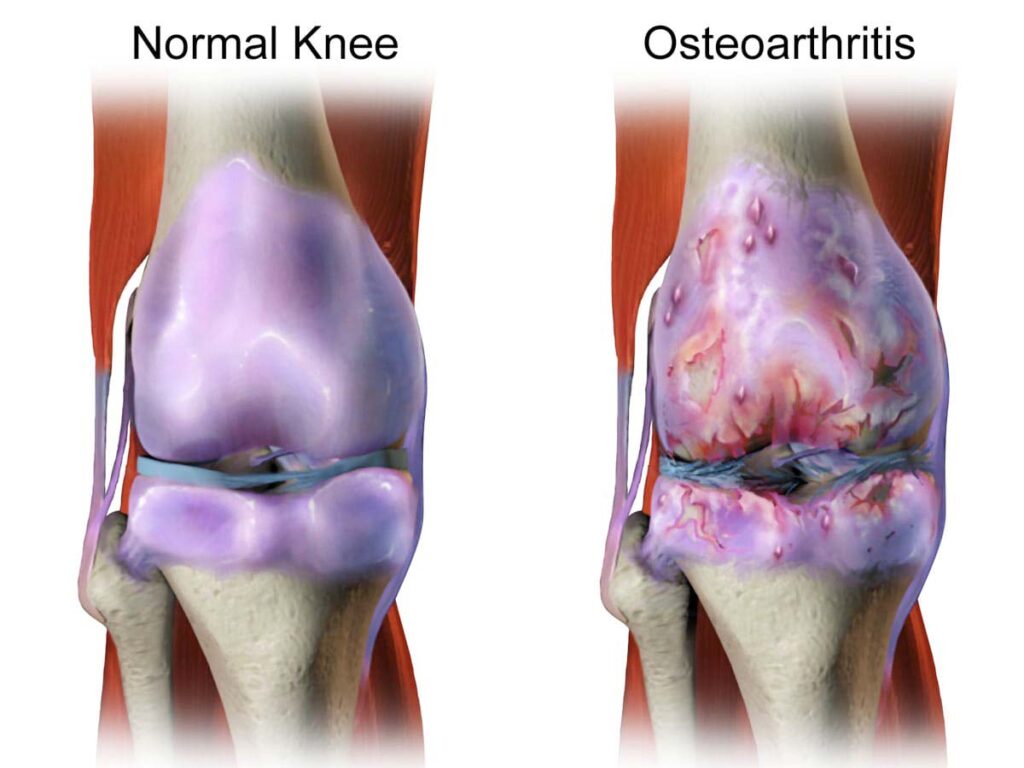
Symptoms
– Pain that gradually develops over time and gets worse in the morning or after vigorous activity.
– Stiffness and swelling, redness and tenderness of the joint making it difficult to bend or straighten the knee.
– Loss of range of motion for the joint.
– The knee may lock or stick during movement, making a click or grinding noise.
– Pain may cause a feeling of weakness or buckling as if bending and giving way under a weight in the knee.
Risk factors
More women than men suffer from this condition, especially those in menopause.
This is because they have reduced estrogen levels since they no longer have their menstruation.
According to Bwana, trauma in the joint, injury or overuse such as knee bending and repetitive stress on a joint, can damage a joint and increase the risk of osteoarthritis in that joint.
As we walk and do any activity, about three to six times our body weight is transmitted on the knees.
For every extra kilo of weight gained, about 5kg of the weight is transmitted to the knee joints.
This puts more stress on joints, particularly weight-bearing joints like the hips and knees, increasing the risk of osteoarthritis.
People who have family members with osteoarthritis are more likely to develop the condition because genetics also play a big role.
Dr Kakyama also reveals that some inflammatory conditions such as septic arthritis, if poorly managed, can cause accumulation of pus in the knee joints and in turn cause osteoarthritis.
People who do jobs that require carrying heavy loads and those on diets that are low in vitamin C and D might develop osteoarthritis over time.
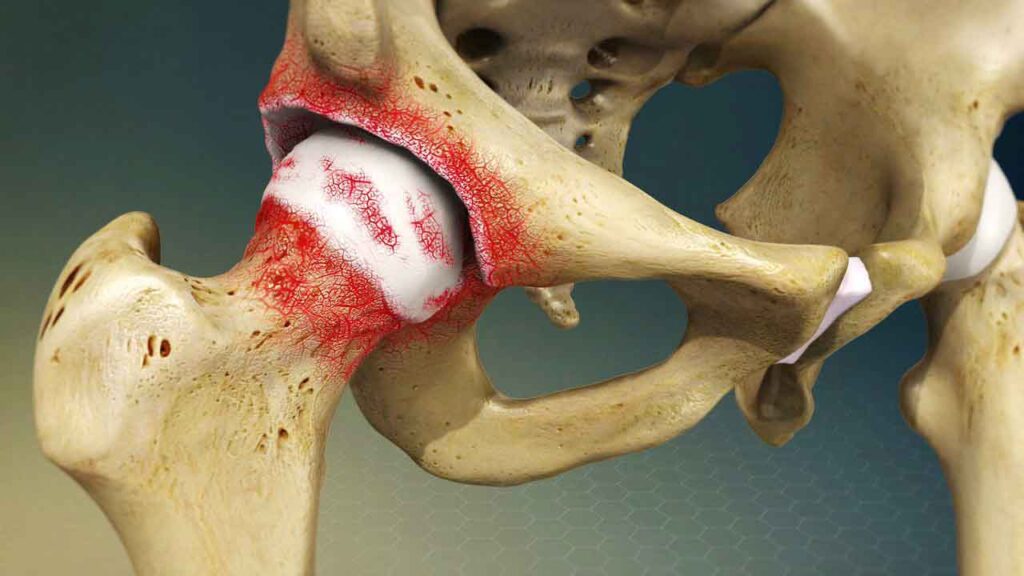
Treatment options
There is no cure for arthritis, but treatment is directed towards relieving symptoms such as pain and deformity that come with the disease.
Depending on the stage of your arthritis, the initial treatments are usually conservative; avoiding invasive procedures such as surgeries.
These might include giving painkillers, and physiotherapy with exercises that increase the mobility of the knees.
According to Bwana, one of the most important recommendations one can get from their doctor is lifestyle modification including changes in diet, regular exercise that does not hurt the knees, and maintaining a healthy body weight in order to protect the knee joints and slow the progress of arthritis.
“Replace activities like athletics, climbing stairs, jogging, and tennis with low-impact exercises like swimming or cycling, depending on what your doctor will recommend,” Bwana says.
Assistive walking devices such as a cane, brace or knee sleeve can help increase your stability and function, especially if the arthritis is centered on one side of the knee.
Wearing elastic bandages can provide support to the knee and some relief from pain.
Since the disease worsens with time, one will need a knee replacement surgery. The surgery is meant to ease pain and make the knee work better.
If left untreated, knee osteoarthritis can progress, causing deformities, increased pain, reduced function of the knee joint and restricted movement.
Prevention
As earlier mentioned, arthritis has no cure. Not even diet can avert the condition once it occurs. This is why prevention is paramount.
“It may be hard to prevent accidents or osteoartritis that runs in families, but maintaining a healthy body weight can reduce stress on the knee joint. This can be achieved through regular exercises and healthy eating,” Bwana notes.
















